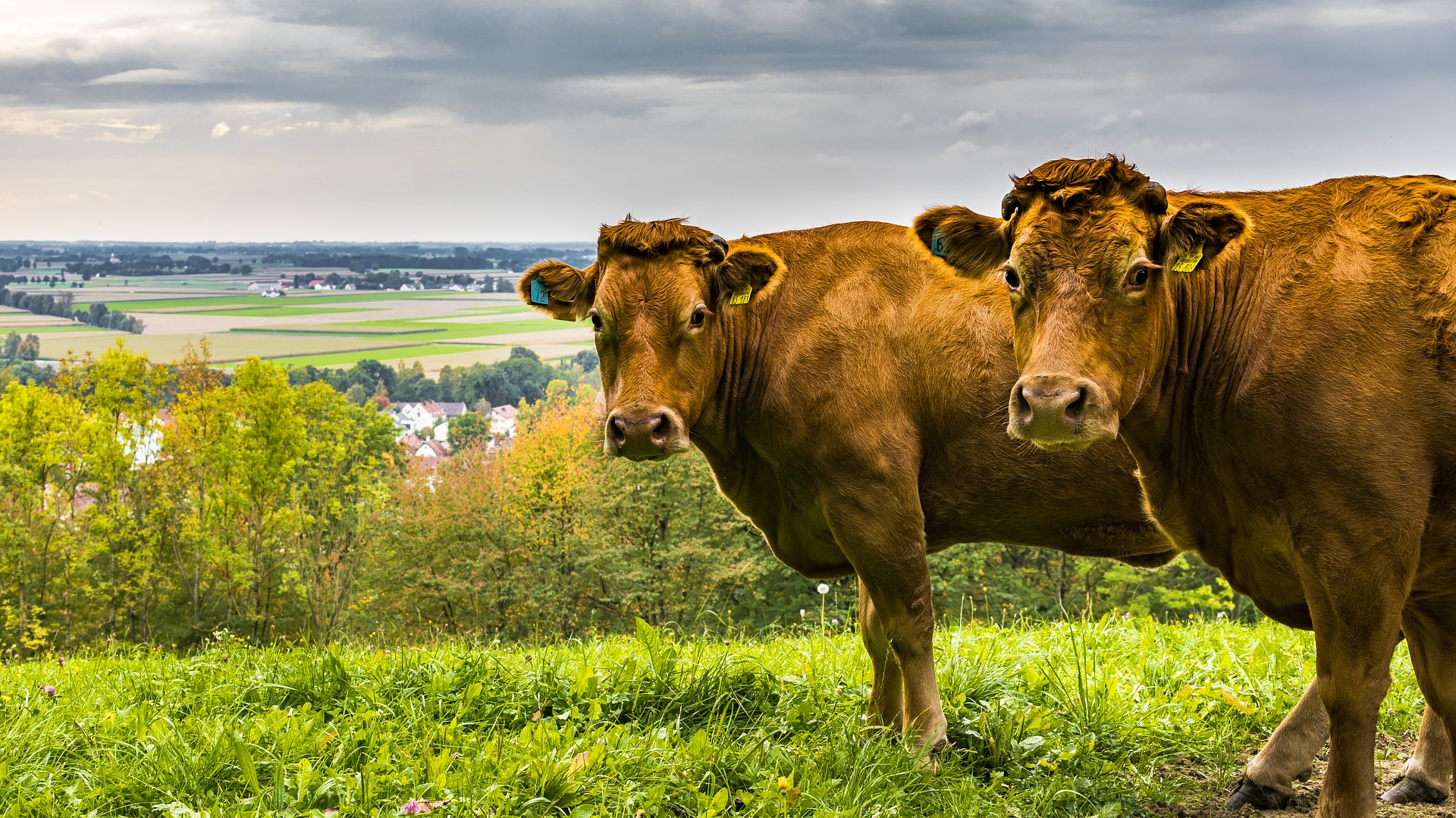Regenerative Returns
Author: Jon Connors | Published: February 3, 2017
Farming, to many, is an afterthought to their daily lives; many of us do not realize the degenerative ecological and economic effects that come from almost all food produced globally. Global degenerative agriculture is the leading cause of rainforest deforestation, land and water toxicity, is the largest consumer of water, and one of the largest causes of soil erosion globally. Regenerative agriculture is the complete opposite; it restores water in local hydrology, builds plant biomass and increases soil content (and soil carbon levels.) This type of agriculture currently has a fraction of the global food market, and due to serious crises facing all of human society, it is set to explode; offering huge investment potential for regular and institutional investors.
Regenerative agriculture can take carbon out of the atmosphere and replace it in the soil (see next subheading.) This means that soon consumers will be able to link their eating habits to food, and fashion habits to clothing, that is specifically designed to reverse climate change. The average consumer need not wait for their government to take action; their everyday purchasing habits can ‘fix’ the largest problem facing humanity today. This is an exciting investment opportunity unlike ever before in recorded history.
Regenerative Agriculture, unlike its degenerative counterpart, (according to preliminary research,) may offer exponential return in the form of food production. This arises from the symbiotic relationship of regenerative plant, microbe and water systems that are designed to improve over time. More research has to be done to fully prove this scientifically, but if true, as the human population continues to grow exponentially, regenerative agricultural yields can keep up with demand in ways that benefit the ecosystem, the local water cycle, and the soil. As Ryland Englehart, cofounder of the nonprofit Kiss the Ground, says, ‘it’s an idea whose time has come.’
The purpose of this paper is to recruit activist investors who see the long term restorative potential of regenerative agriculture, and who want to link a portion of their retirement savings to land regeneration projects. The key driver here is that average investors can link long term portfolio performance with the regenerative movement, and will therefore have an incentive to ‘convert’ their close friends and families toward eating more regenerative food, also to wearing more regenerative clothing, leading to an increase in value of land regeneration investments, and a decrease of carbon in our atmosphere- a truly virtuous cycle.
International Initiative- 4 per 1000
4p1000 is an international initiative that uses the metric of four parts per thousand as the driver for success to offset carbon current carbon emissions; they have identified the tipping point of carbon sequestration to halt the annual increase of CO2 in the atmosphere. The infographic below explains the process thoroughly. Regenerative Agriculture has the potential to rebuild land value while reversing climate change, and this international initiative will help accelerate the process.
According to the 4p1000 website, ‘The aim of the Initiative is to demonstrate that agriculture, and agricultural soils in particular, can play a crucial role where food security and climate change are concerned.
Based on robust scientific evidence, the Initiative therefore invites all partners to declare or to implement practical programmes for carbon sequestration in soil and the types of farming methods (regenerative agriculture) used to promote it.’ The Initiative is currently being signed by 25 nations, as well as 65 partner organizations. This international momentum will push for international policy changes; leading toward potential government subsidies for regenerative agricultural practices (which would increase investment return for regenerative agricultural projects.)
Regenerative Food and Textile Production
The team at Regenerative International is teaming up with other organizations to digitally map the landscape for regenerative farms and organizations worldwide. The goal for this project is to inform consumers where they can purchase food from farms on an easy to understand digital map. This technology will help drive demand for regenerative goods to food consumers, as well as be a ‘best practice’ guide for regenerative farmers in the future. Such easy to use consumer tools help create consumer action that could quickly take market share from degenerative foodstuffs toward regenerative foods.
Companies like Fibershed in Northern California are exploring how to unite locally produced fiber/ textiles, with local dyes and local labor, all with original source materials (wool, etc) raised on regenerative land.Imagine the social clout that comes when early adopter consumers will be able to tell the story of how their new leather jacket, or wool hat, were raised on a farm that sequesters carbon in the soil. As the realities of climate change continue to lead to global weirding, this social impact solution has potential to rapidly spread in the marketplace.
‘Kiss the Ground’ 2017 documentary
Josh and Rebecca Tickell (of ‘Fuel’ and ‘The Big Fix’) are currently creating a full-length documentary about regenerative agriculture called ‘Kiss The Ground.’ Their goal upon release is to encourage one million people to become regenerative farmers. This documentary will help to inform consumers of power of regenerative agriculture, leading to both an increase in supply- by driving farmers to the land, and an increase in demand- by informing consumers of the benefits of regeneration. The nonprofit behind the film, also called Kiss the Ground have an easy to understand animated film called ‘The Soil Story’ that breaks down the story of soil carbon sequestration. This digestible communication can drive rapid consumer demand for regenerative development.

